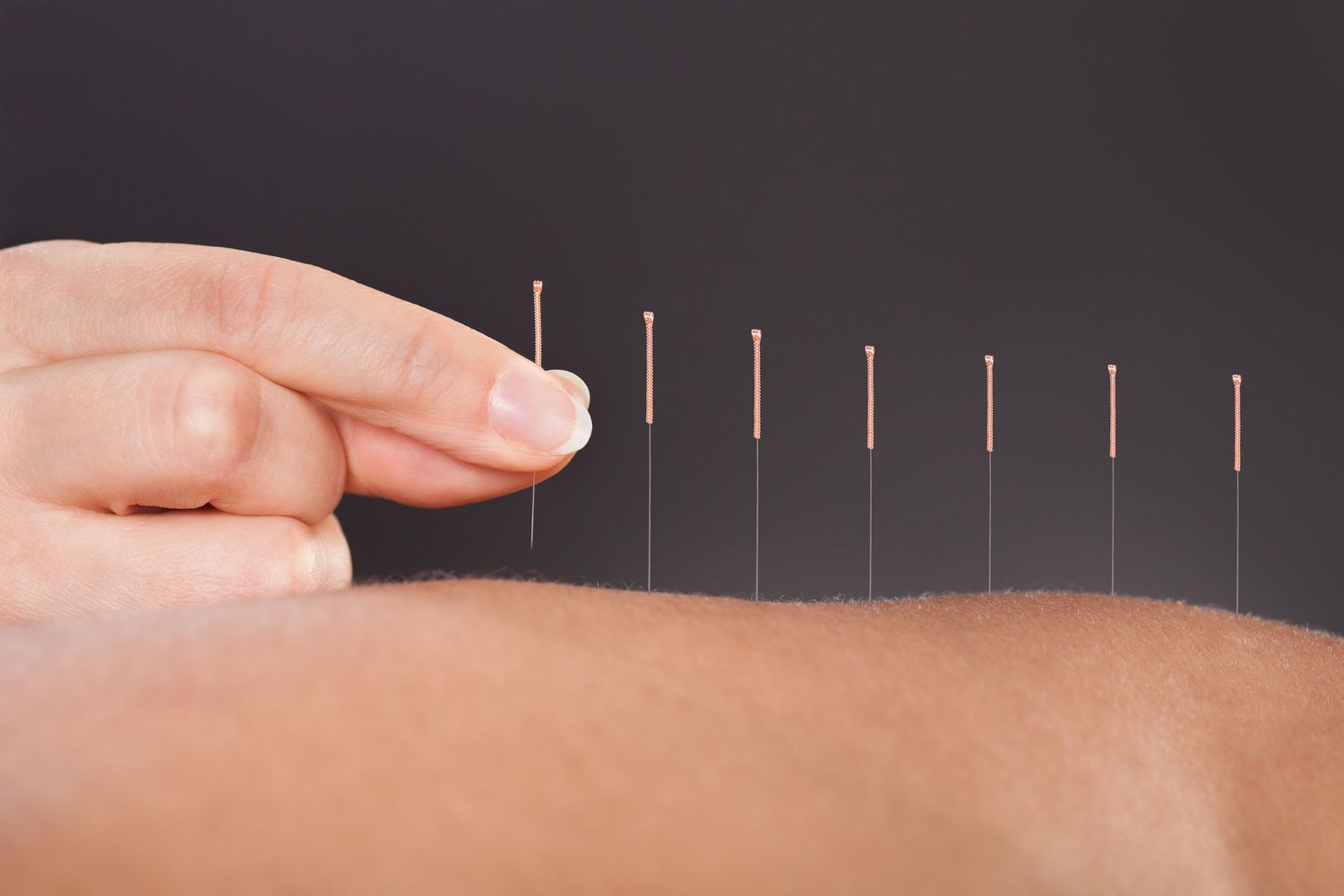
Dry Needling – Everything You Need To Know
Dry needling is a skilled technique performed by trained Practitioners to help manage musculoskeletal injuries and pain while also addressing movement dysfunction. Dry Needling utilises a thin filiform needle to penetrate the skin, fascia, and muscles to address adhesions, trigger points, and connective tissue. This speed’s up the healing process and relieves pain by decreasing muscle spasm, increasing joint range of motion, and correcting movement dysfunction by releasing trigger points.
THE DIFFERENCE BETWEEN DRY NEEDLING & ACUPUNCTURE.
Acupuncture is an ancient traditional Chinese technique that utilises the knowledge of meridians. This focus allows an acupuncturist to work on a person’s inner balance and energy. While on the other hand, Dry Needling follows evidence-based research, needling into Myofascial trigger points. The practitioner will Palpate to identify the damaged or sensitive tissues in order to find the best Trigger point to needle. The ultimate goal for Dry needling is to develop a local twitch response in the muscle.
WHAT IS A TRIGGER POINT?
A trigger point is a spot of muscle/fascia that is hypersensitive or painful because it has reduced blood supply. Overtime the reduced blood supply causes the tissue to become dysfunctional and begins to cause pain, tenderness and restrict movement. Trigger points mostly develop from normal daily activities such as poor posture, although recreational or sporting activities can also cause Trigger points to develop. This is because the muscle becomes overused and can no longer handle the stress of the activity, causing it to spasm and tighten. Dry needling differs from other types of therapy because it focuses on stimulating these trigger points by breaking down the adhesions in order to alleviate pain.
WHAT IS A TWITCH RESPONSE
The twitch response is a localised, reflexive response to a dysfunctional area of soft tissue. When needling a trigger point, this is one of our goals as it leads to a rapid release of a taut muscle band. The twitch response returns the muscle to normal by releasing inflammatory chemicals and restoring blood flow to the area. When a patient has an involuntary twitch response, that suggests that the needle has hit the right spot and the tissue can begin to heal.
IS DRY NEEDLING THERAPY PAINFUL?
Often, patients will experience a mild, dull ache during treatment which can last a few minutes. Some discomfort is also experienced during the rapid ‘twitch response’ but this discomfort is minimal and last only a few seconds. It is also normal to have mild to moderate muscle soreness after dry needling. You can help offset these symptoms by stretching, using heat on the sore muscles and moving your body.
COMMON CONDITIONS TREATED WITH DRY NEEDLING.
- Headaches
- Neck Pain
- Low Back Pain
- Knee Pain (Osteoarthritis)
- Shoulder Dysfunction (adhesive capsulitis, impingement, rotator cuff strain or tear)
- Tennis Elbow
- Carpal Tunnel Syndrome
- Hip Pain
- IT Band Syndrome
- Patellofemoral Pain Syndrome (Runner’s Knee)
- Medial Tibial Stress Syndrome (Shin Splints)
- Achilles Tendinopathy
- Plantar Fasciitis
- Ankle Sprains
- Muscle Strains
If you are struggling with any of these conditions or want to try dry needling, please give us a call to book an appointment.

